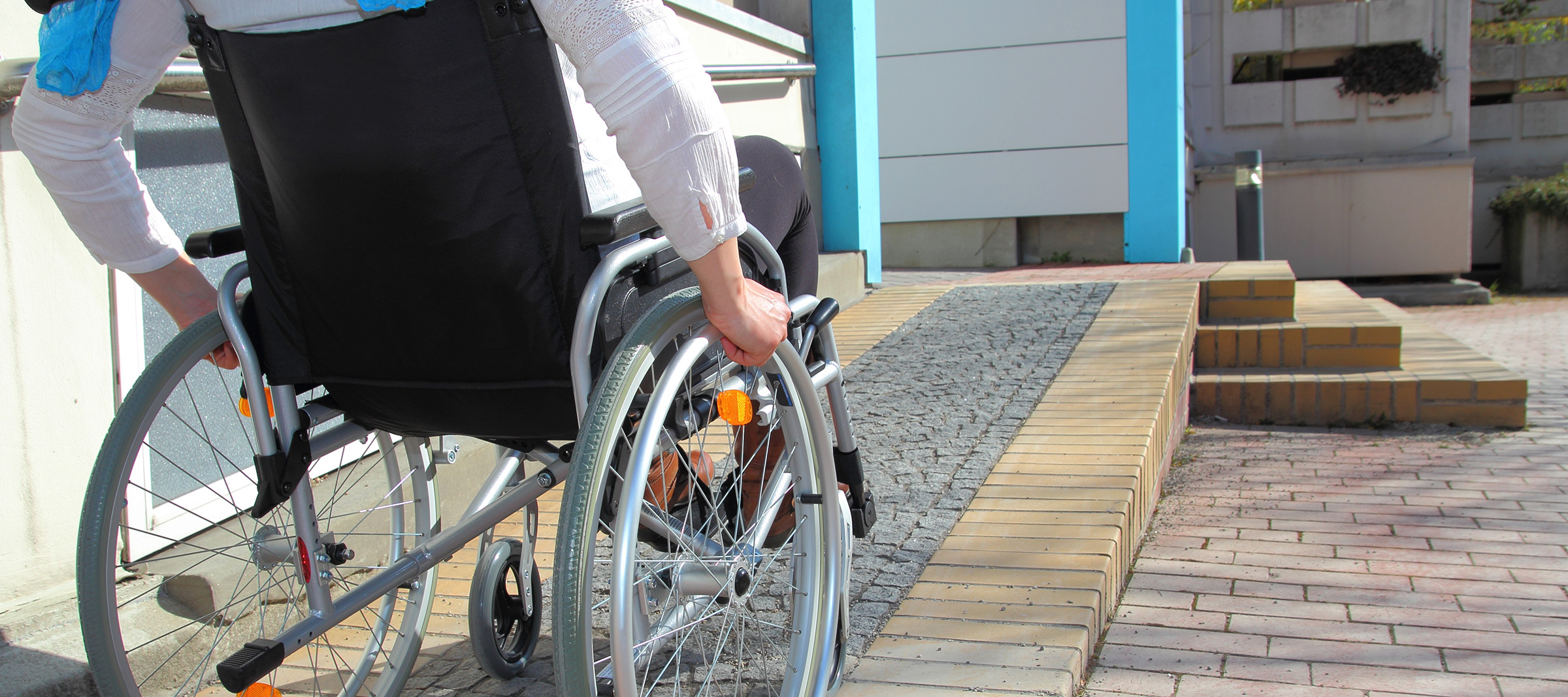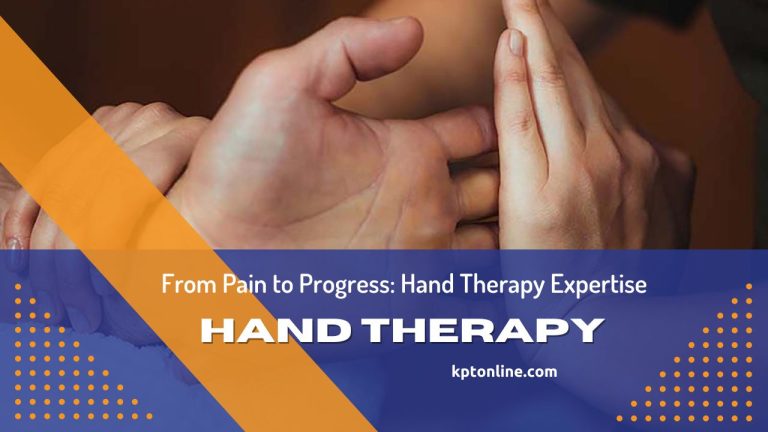

Enhancing Home Accessibility with Occupational Therapy
Home Modifications for Independence
Home is where the heart is, but for many individuals with physical or cognitive challenges, it can also be a place filled with obstacles that hinder daily living. Occupational therapy plays a pivotal role in transforming houses into homes that foster independence, comfort, and accessibility. In this blog article, we will explore the ways in which occupational therapy can enhance accessibility and independence through home modifications.
The Role of Occupational Therapy in Home Modifications
Occupational therapy is a healthcare profession dedicated to helping individuals of all ages improve their ability to perform daily activities and lead fulfilling lives. When it comes to home modifications, occupational therapists are the experts who can make homes more accommodating and accessible for those with disabilities, seniors, and anyone facing challenges that affect their ability to navigate their living space effectively.
1. Assessing Individual Needs
The first step in the process of home modifications is a thorough assessment by an occupational therapist. This assessment includes an evaluation of the individual’s physical and cognitive abilities, as well as a detailed analysis of their daily activities and routines. By understanding the unique needs and challenges of each individual, occupational therapists can create a tailored plan for home modifications.
2. Creating Accessible Bathrooms
The bathroom can be one of the most challenging spaces in the home for individuals with mobility issues. Occupational therapists often recommend modifications like installing grab bars and handrails near the toilet and in the shower or bath. These safety features provide support and stability, making it easier and safer to move in and out of the bathing area. Additionally, shower seats or benches can be installed to facilitate bathing for those who have difficulty standing for extended periods.
3. Adapting Kitchens for Independence
The kitchen is a hub of daily activity, and occupational therapy can help make it more accessible. For individuals with limited mobility or reach, occupational therapists may recommend adjustments such as installing pull-out shelves, adjustable cabinets, and countertops at varying heights. These modifications ensure that every kitchen task, from meal preparation to dishwashing, can be done with ease and comfort.
4. Improving Accessibility Throughout the Home
Occupational therapy extends its reach beyond specific rooms, aiming to enhance accessibility throughout the entire home. This includes widening doorways to accommodate wheelchairs or walkers, eliminating tripping hazards like loose rugs or uneven flooring, and installing ramps or stairlifts to overcome elevation changes. These adaptations promote safer and more independent movement within the home.
5. Smart Home Technologies
The integration of smart home technologies is another area where occupational therapy shines. Therapists can recommend and assist in setting up smart home systems that allow individuals to control lighting, temperature, and security with voice commands or mobile apps. These technologies enhance independence by reducing the need for physical effort and providing convenient access to essential home functions.
6. Customized Assistive Devices
In addition to physical modifications, occupational therapists can recommend and help individuals acquire assistive devices tailored to their specific needs. These devices may include mobility aids like walkers or wheelchairs, home healthcare equipment, and communication aids for those with speech or cognitive impairments. Customized solutions ensure that individuals can navigate their homes more easily and engage in daily activities with greater autonomy.
7. Supporting Aging in Place
Many seniors wish to age in place, which means living in their own homes independently for as long as possible. Occupational therapy plays a critical role in supporting this goal. Occupational therapists can assess the home environment, recommend modifications, and provide education and strategies for seniors to maintain their independence while staying safe and comfortable in their own homes.
8. Promoting Safety and Fall Prevention
Occupational therapists prioritize safety in home modifications. They work to reduce fall risks by recommending changes such as installing non-slip flooring, securing rugs, and adding handrails and grab bars in areas prone to falls. By creating a safer home environment, occupational therapy minimizes the risk of injuries and promotes independence.
In conclusion, occupational therapy plays a fundamental role in making homes more accessible and accommodating for individuals with disabilities, seniors, and anyone facing mobility or cognitive challenges. By conducting thorough assessments, recommending modifications, and customizing solutions, occupational therapists enhance the quality of life and foster greater independence in the home environment.
So, if you or a loved one are facing difficulties in your daily living due to physical or cognitive challenges, consider consulting an occupational therapist to explore home modifications that can transform your living space into a haven of accessibility, comfort, and independence. Home is where the heart is, and occupational therapy can help ensure it’s also where your independence thrives.
Please Share
categories
Recent Posts

Enhancing Home Accessibility with Occupational Therapy
Home Modifications for Independence
Home is where the heart is, but for many individuals with physical or cognitive challenges, it can also be a place filled with obstacles that hinder daily living. Occupational therapy plays a pivotal role in transforming houses into homes that foster independence, comfort, and accessibility. In this blog article, we will explore the ways in which occupational therapy can enhance accessibility and independence through home modifications.
The Role of Occupational Therapy in Home Modifications
Occupational therapy is a healthcare profession dedicated to helping individuals of all ages improve their ability to perform daily activities and lead fulfilling lives. When it comes to home modifications, occupational therapists are the experts who can make homes more accommodating and accessible for those with disabilities, seniors, and anyone facing challenges that affect their ability to navigate their living space effectively.
1. Assessing Individual Needs
The first step in the process of home modifications is a thorough assessment by an occupational therapist. This assessment includes an evaluation of the individual’s physical and cognitive abilities, as well as a detailed analysis of their daily activities and routines. By understanding the unique needs and challenges of each individual, occupational therapists can create a tailored plan for home modifications.
2. Creating Accessible Bathrooms
The bathroom can be one of the most challenging spaces in the home for individuals with mobility issues. Occupational therapists often recommend modifications like installing grab bars and handrails near the toilet and in the shower or bath. These safety features provide support and stability, making it easier and safer to move in and out of the bathing area. Additionally, shower seats or benches can be installed to facilitate bathing for those who have difficulty standing for extended periods.
3. Adapting Kitchens for Independence
The kitchen is a hub of daily activity, and occupational therapy can help make it more accessible. For individuals with limited mobility or reach, occupational therapists may recommend adjustments such as installing pull-out shelves, adjustable cabinets, and countertops at varying heights. These modifications ensure that every kitchen task, from meal preparation to dishwashing, can be done with ease and comfort.
4. Improving Accessibility Throughout the Home
Occupational therapy extends its reach beyond specific rooms, aiming to enhance accessibility throughout the entire home. This includes widening doorways to accommodate wheelchairs or walkers, eliminating tripping hazards like loose rugs or uneven flooring, and installing ramps or stairlifts to overcome elevation changes. These adaptations promote safer and more independent movement within the home.
5. Smart Home Technologies
The integration of smart home technologies is another area where occupational therapy shines. Therapists can recommend and assist in setting up smart home systems that allow individuals to control lighting, temperature, and security with voice commands or mobile apps. These technologies enhance independence by reducing the need for physical effort and providing convenient access to essential home functions.
6. Customized Assistive Devices
In addition to physical modifications, occupational therapists can recommend and help individuals acquire assistive devices tailored to their specific needs. These devices may include mobility aids like walkers or wheelchairs, home healthcare equipment, and communication aids for those with speech or cognitive impairments. Customized solutions ensure that individuals can navigate their homes more easily and engage in daily activities with greater autonomy.
7. Supporting Aging in Place
Many seniors wish to age in place, which means living in their own homes independently for as long as possible. Occupational therapy plays a critical role in supporting this goal. Occupational therapists can assess the home environment, recommend modifications, and provide education and strategies for seniors to maintain their independence while staying safe and comfortable in their own homes.
8. Promoting Safety and Fall Prevention
Occupational therapists prioritize safety in home modifications. They work to reduce fall risks by recommending changes such as installing non-slip flooring, securing rugs, and adding handrails and grab bars in areas prone to falls. By creating a safer home environment, occupational therapy minimizes the risk of injuries and promotes independence.
In conclusion, occupational therapy plays a fundamental role in making homes more accessible and accommodating for individuals with disabilities, seniors, and anyone facing mobility or cognitive challenges. By conducting thorough assessments, recommending modifications, and customizing solutions, occupational therapists enhance the quality of life and foster greater independence in the home environment.
So, if you or a loved one are facing difficulties in your daily living due to physical or cognitive challenges, consider consulting an occupational therapist to explore home modifications that can transform your living space into a haven of accessibility, comfort, and independence. Home is where the heart is, and occupational therapy can help ensure it’s also where your independence thrives.
Please Share
You May Also Like









